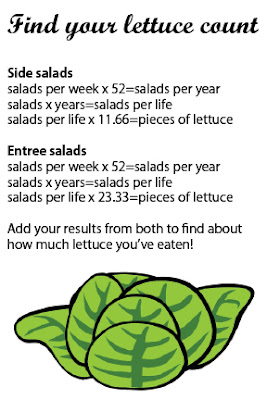Tips for the Non-Designer
In talking with one of my good friends this week I have
learned something about the world. That is, many people want to produce good looking
documents, but they do not know where to start. Although I am not a
professional designer (yet), I feel that three years of design classes have
brought me enough knowledge to share basic tips with confidence. These will not
make you totally knowledgeable, but hopefully they will help you just a little
bit more fearless when you must make your next flyer.
 |
| Don't be afraid to be bold. |
We need to talk about type.
Typography is both the easiest detail to fix and the element
most people mess up the most. There are two basic kinds of typefaces: serif and
san serif. A serif is one that has extra curves at the end of the letters,
Times New Roman is a classic example. A san serif lacks those, such as
Helvetica or Calibri. In one design, you should never mix two of one kind of
typeface because they will clash and instantly make your project look
unprofessional. You can, however, mix a serif and san serif typeface if it is
thought through and makes sense.
Hierarchy is key to messaging.
You should limit the amount of text sizes in your project.
This helps with hierarchy, which is the order of importance in the layout.
Changing the size, bolding or italicizing your text can influence the flow of
your design and the order in which people read it. Paying attention to the
details like this controls how people perceive the message you are trying to
get across.
Think about space.
Another thing that takes a great design and makes it look
like a Microsoft Word document from a grandmother’s computer is spacing and
alignment. Spacing is a piece of hierarchy that cannot be ignored. Every
element should have enough room to breathe. The eye needs a place to rest (it
sounds weird I know, but trust me on this), if a design is comfortable on the
eyes your audience will pay more attention to what they are looking at.
Alignment also goes into this. Every piece being used should be placed with
purpose. There should be an implied line that runs through the design, making
it easier to understand how things should be read and unify all the design
elements. Nothing should be placed without a reason behind it.
The main thing that turns a person into a designer is
detail. Paying attention to how everything works together is key to a
professional design. These are just a few places to start when it comes to
creating beautiful graphics, and do not worry if your designs take a while to
get right. Rome was not built in a day and a great designer is not trained
overnight. But if you keep working at it, eventually you will be more confident
and it will show in what you create.
Want to learn more? Here are some resources to get you
started. If it is not your gig, do not worry about it either. That is why
professional designers exist!
Canva is a great tool, it provides free templates that are
easy to customize and make your own.
Pinterest is full of information! Check out my design Pinterest board.



Comments
Post a Comment